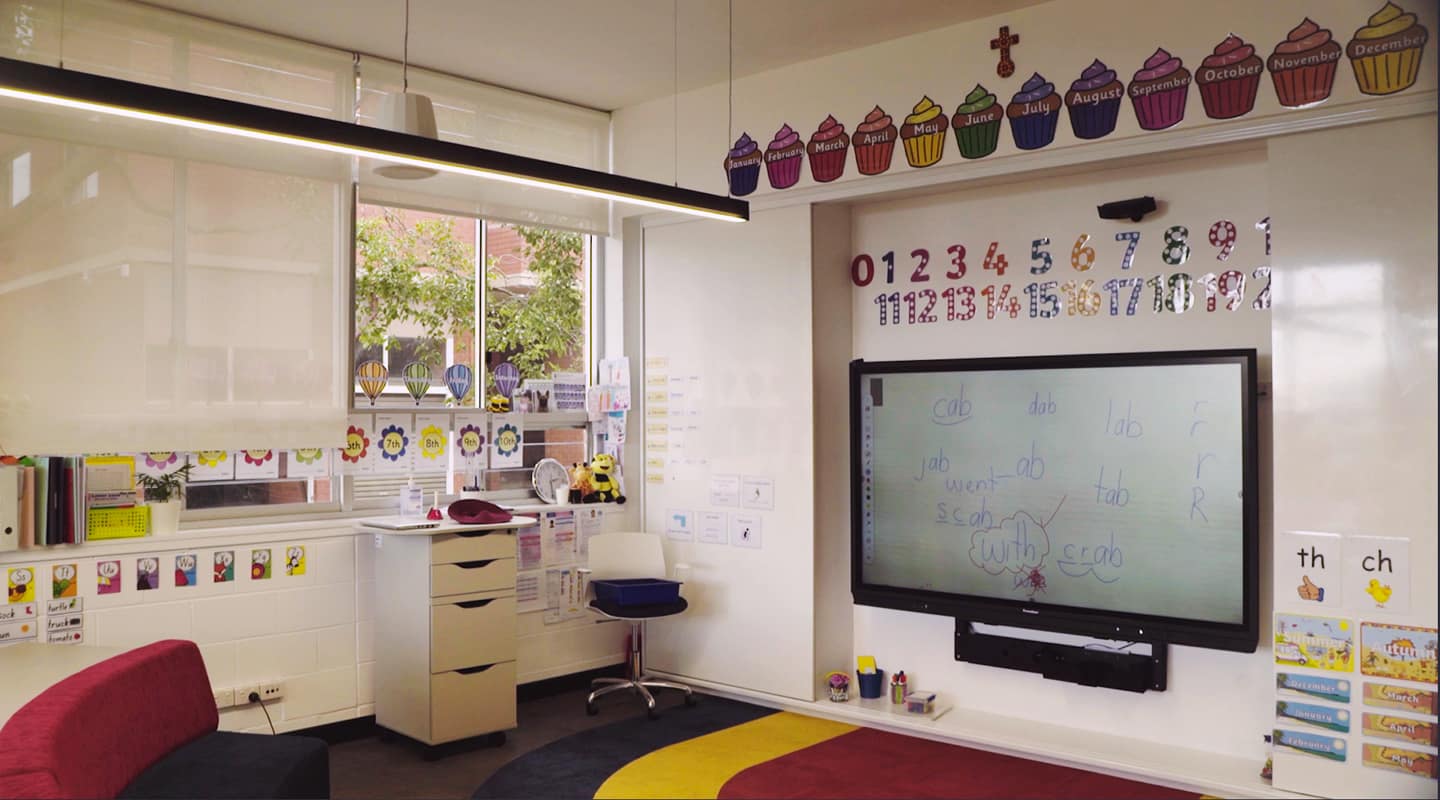
Teachers’ Pet Tech
Clare Communications works with Catholic schools on a next-gen digital learning environment.
Text:/ Christopher Holder
Interactive whiteboards and ‘smart’ boards have been a part of the education experience for some time. Now, it’s interesting to observe where education technology is headed above and beyond the gee-whiz board at the front of the classroom.
Clare Communications is a system integrator with serious credentials in the Sydney Catholic School sector. Clare worked with Wade Osborne (ICT Project Manager, Audio Visual Lead at Sydney Catholic Schools) on designing and creating a smart, collaborative set of classrooms for junior students at Our Lady of the Sacred Heart in Randwick.
Not only do each of the three adjoining classrooms have a hefty 84-inch Promethean board but a second, Vivi-connected panel along with a centralised audio routing system that allows for the flexible configuration of the classrooms along with voice lift for teachers. Oh, and, sorry to break it to you teachers, but you don’t get a desk. More on that later, though.
NO PLAYBOOK
The catchphrase is ‘Digital Learning Environment’, but there’s no set playbook for how the technologies are integrated. The key touchpoints are: interactivity, voice lift, screen sharing, wireless presentation, collaboration, and access to an unimaginably deep well of digital assets for teachers. The trick is how they all get glued together in a way that benefits the students and the teacher.
“The upgrade really expands the horizons of the teacher with the resources now available to them,” explains Clare Communications Technology Consultant Kyle Stuart. “But the design has to be easy to use, that’s paramount.”
Wade Osborne elaborates: “Our ease of use motto is ‘Lights. AV. Go.’ It’s got to be that easy. We’ve chosen Vivi for all of our schools as our primary wireless presenter. It means we can teach Vivi to all the Catholic School educators and they can confidently walk into any classroom and make it work. Really it’s a matter of knowing what room you’re in, punch in the room code, and that gets the main display functioning — away they go.
“In this case, Vivi also works well for us in mirroring content to the second display and in other cases it’s the way for students to cast content from their devices — not so important for the younger students but important in high school.”
Clare Communications: www.clarecom.com.au
Promethean: www.prometheanworld.com
Vivi: vivi.io
MadisonAV (JBL Pro Pendant Speakers): madisonav.com.au
TAG (QSC): tag.com.au
PROMETHEAN iNTERACTIVE
Education now is collaborative and the use of an interactive panel such as a Promethean provides not only the teacher with the means to stand up at the front of the room and present, it also provides the students the capacity to get out from behind their desks and interact with the lesson. The 84-inch Promethean boards provide a significant-sized canvas for multiple students to interact with the content.
“It is a big investment,” admits Wade Osborne. “But the benefits outweigh the costs, and the advantages over a more traditional interactive whiteboard are many.
“We’d expect to get up to 10 years life out of one of these Promethean systems. That said we work on a five-year technology refresh cycle. By that stage there will be a new iteration of interactive teaching.”
Mirroring content to a ‘dumb’ display elsewhere in the classroom allows the students to break out and collaborate in smaller groups.
CENTRALISED DSP. DISTRIBUTED SOUND
Traditionally, classroom audio might comprise a couple of surface mount speakers at the front of the room, a soundbar, or the use of the onboard speakers of the IWB or IFP. The distributed audio design of these classrooms is certainly next level. Not only does it improve the teaching environment it contributes to the flexibility of the space — you can comfortably run town halls, seminars etc without any additional PA or wireless.
On a normal teaching day, the educator can pick up a MiPro wireless mic or headset kit and comfortably talk to the class. Audio from the Promethean is also routed through the JBL Pro pendant loudspeakers. Kids with hearing difficulties also benefit from the wireless mic audio given it’s routed through to the in-room IR assistive hearing transmitter.


Q-SYS NEXUS
At the nexus of the audio routing is a QSC Q-Sys 110f Core, with all the audio on a Dante IP network.
At the push of a button the three rooms can be combined into one with the Q-Sys Core ensuring the JBL pendant speakers are appropriately delay compensated and other DSP applied such as AEC and ducking when important school announcements override the in-room audio.
“Given the bespoke requirements of this space, we decided to go with a distributed audio solution as it gave a more even coverage across the individual classrooms,” explains Wade Osborne. “Not only that, it gives an even coverage across all three classrooms when they’re combined into one teaching or meeting space. The use of wireless microphones for voice lift provides the teacher the ability to be heard across the entire space without raising their voice. But it also addresses a WHS matter, as teachers can often be straining their voice to project over such a large space. It’s a bespoke distributed audio solution but one we suspect will be rolled out in future, similar projects.”
VIVI ANALYTICS
Of course, new grad teachers born with an iPad in their hand, will take to this classroom tech like digital ducks to a livestream. But others will find it more difficult. Wade Osborne’s job is to work with principals to determine each school’s preferences and modes of teaching. The AV technology provides a platform for a bespoke product that best suits the school and the teachers. Other times, the teachers may just not get it.
“Interestingly, Vivi gives us good analytics across 150-plus of our schools,” explains Wade Osborne. “We can see the uptime and, conversely, the downtime, on each device. From there, we can report back to the principal. For example, 80 percent of the Vivi rooms are being used but 20 percent of them aren’t. From there we can work with those educators to get an understanding of why those teachers are slow to adopt the technology. Nine times out of ten, it’s about education, ironically — we need to teach them and encourage them to adopt this new form of technology and run with it.”

HEY TEACHER LEAVE THAT DESK ALONE
But what about the teacher’s table? Where does the granny smith apple go? Wade Osborne explains: “Historically the teacher’s desk was their castle, but it represented an authoritarian mode of communication. In these spaces, given it’s more collaborative, there’s no teacher’s desk. There is a spot for a teacher to put their laptop. The laptop can then join the wireless infrastructure, meaning they can be more inclusive in the education of the students in the space. When parents do come in, there is the technology in the space for content to be shared throughout the entire space without the imposing desk. So it’s not so chalk ’n’ talk anymore, it’s all about collaboration, inclusivity, sharing content and breaking down barriers.”

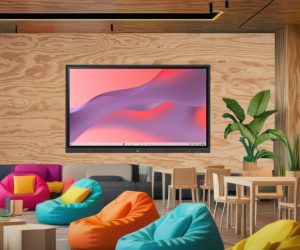
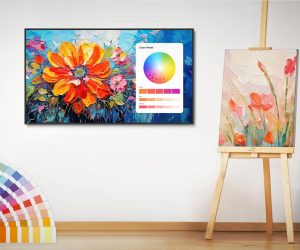



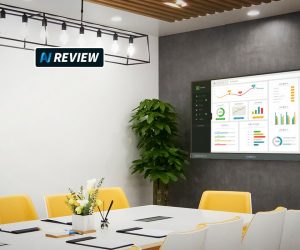

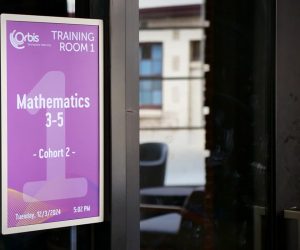






RESPONSES